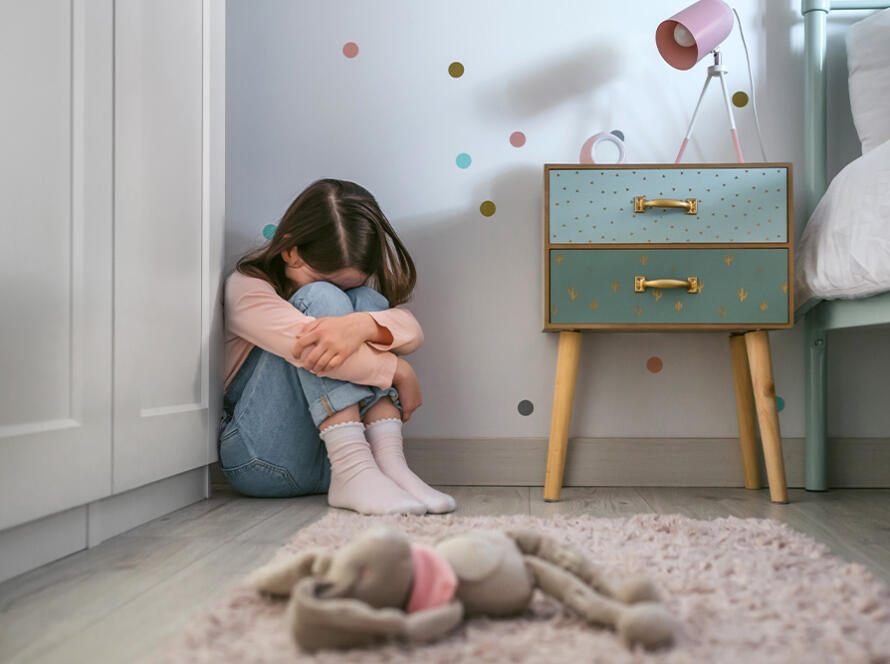After the Covid pandemic and the economic crisis Lebanon has gone through over the past few years, people are starting to adjust to life once again. Children are back in schools and want to live the full experience. Let them explore the country, and see for themselves the remains of the history they are learning in class. They can enjoy a field trip anywhere in Lebanon with their teachers and friends. Or they can go on an outing with their parents to discover the hidden gems of their country.
In this article, we are excited to give you a few ideas for field trips and outings that will be as fun as they are educational for you and your kids. Let’s not waste any more time!
A Field Trip to the Past
From Greeks to Romans, to Ottomans and French, Lebanon has seen its share of occupants. Each civilization that has set foot on our shores has left behind a piece of themselves. Below are some of the historical sites you will surely want to show your children.
The temples of Baalbek are, together, a UNESCO World Heritage Site. The temples of Jupiter, Bacchus, Mercury, and Venus can be considered four of the best Roman temples still preserved in the world. Present in the Phoenician city of Baalbek, these ruins are definitely a sight worth seeing at least once in a lifetime. Tell your children all about this city and its ruins, and get them excited about mythology by sharing with them old tales. By incorporating myths in your classroom, you can be sure that their imagination will run wild!
From the Crusader’s Citadel, to the Ottoman Hammams, and the ancient souks, the capital of north Lebanon is definitely worth visiting. The city of multiple cultures will take your children on a trip over the centuries. Let them take a sneak peek into the past, and see how it has affected the present during a one-day field trip to the renown sites of Northern Lebanon.
Of course, Beiteddine Palace is a must on the list of sites your children can’t miss. Located in the Chouf District in Mount Lebanon, it was built between 1788 and 1818 by Emir Bachir II. After 1840,the Ottomans used it as a government building. And under the French mandate, it served as an administrative office. During your field trip to the Chouf, you can also visit Moussa’s Castle and Deir El Qamar, which are both close to Beiteddine Palace. This area of Lebanon is indeed full of historical sites that will definitely leave your little ones in awe.
A field trip back in history is, then, the perfect setting to spark the interest of children in the history of their country. It will surely awaken in them the love of storytelling, and ignite their passion for the old folklores that have shaped Lebanon’s culture. Of course, our country is full of many more historical ruins such as the Roman hippodrome of Tyre, the Umayyad ruins of Aanjar, and the port of Byblos. So you truly have a myriad of options to choose from!
Green, Blue, and Brown: The Colors of a Successful Field Trip in Lebanon
Field trips in a city are fun, sure. But the noise and the overwhelming number of buildings can obscure the purpose of your trip and divert kids from the educational prospects of the outing.
When you notice that you and your children feel the need to reconnect with nature and yourselves, you can head to the countryside where you are sure to find breathtaking hidden gems!
The Jeita Grotto is actually divided into two interconnected caves, and it is one of the most visited natural sites in Lebanon. The upper grotto features stalagmites, stalactites, ponds, mushrooms, and columns. This grotto is accessible on foot. In the lower grotto, you can find stalagmites and a subterranean lake called the “Dark Lake.” You can only visit this part on a small boat, which is exciting and surreal!
In 2011, the magnificent Jeita Grotto was a candidate for the New Seven Wonders of the World. Even though it didn’t make it to the top 7, it was amongst the 28 worldwide finalists, and the only cave.
Take your children on an amazing hike in the Qadisha Valley, where they can discover endless natural beauty. A walk in nature will help them kick off all the pent up energy they might have bottled up in the confines of the city. The calm and the fresh air will also energize them and help clear their heads. As a bonus, you can visit the Qadisha Grotto, also renowned for its beauty and wonder.
How could we recommend a field trip to the Qadisha Valley and not mention the famous site of the Cedars of God in Bsharri? One of the most famous nature reserves that houses some of the oldest cedars in the country, it truly is a sight to see! History and nature come together under the ancient trees that are the emblem of Lebanon. There, you can spend a great day with your children, while learning about the origin of this reserve and why it has become a national natural landmark!
Green trees, blue lakes, and brown soils are the patrimony left to us by our ancestors. While the above-mentioned sites are the biggest, largest and most visited sites, you can find many more gems all over our little Lebanon. Hike between the beautiful pines of Bkassine, visit the abundant water sources of Yahchouch, and satiate your curiosity by discovering the vast biodiversity that nature has to offer in the forest of Horsh Ehden. And when you’ve satisfied your appetite for the great outdoors, you can gather your children and head to one of the famous museums Lebanon harbors!
Keep It Simple with a Field Trip to a Museum in Lebanon
Museums are places where culture and history converge. They give people an overview of some of the most important milestones in civilization. Usually, museums showcase items that all fall under the same theme, such as a time-period, an art genre, or a historical event. Children and adults alike are therefore sure to learn more than a thing or two when they go to a museum!
The National Museum of Beirut is the leading museum of archeology in Lebanon. It exhibits collections made up of 100,000 objects that represent the different eras and time-periods our region has gone through. There, your children will discover ancient artifacts, mummies, sarcophagi, and statues.
Let’s also not forget that the museum is, in itself, an important historical monument! Share with your children the story of how this building was on the separating line during the Civil war, and how it was destroyed and rebuilt to become what it is today.
Right across the street from the National Museum of Beirut, you can find a sparkling world of minerals. Colorful rocks collected from all over the globe! Take your children on an interesting sighting where they can discover more than 400 different minerals from 70 countries!
If your children are interested in archeology and fossils, the MIM Museum additionally offers a display of various aquatic fossils (fish, whales…). Most impressive, it also houses the famous Mimo, a complete specimen of a pterodactyl (flying reptile) found in Lebanon that is around 95 million years old!
Take a bold step into the Soap Museum of Saida! This museum is a place where our famous heritage of hand-made soap,“Saboun Baladi,” will never fade. From the history of the practice to the meticulous steps of soap-making, children are sure to be amazed! During this visit, they will discover the different techniques that our grandparents and their parents before them used to make soap from scratch!
An educational field trip to a museum is then the perfect way to teach children about the progress mankind has made throughout history. They will also learn about the different wonders we are still discovering in our world, and the old traditions that are threatened to disappear.
Conclusion
While children might get excited about field trips because they get them out of the classroom and break their routine, field trips are also great learning opportunities. Associating the lessons learned in class to the actual monuments and cultural relics nurtures in young minds a curiosity to learn more. It sparks in them the necessary creativity to imagine stories, outcomes, and theories. Take your children out to discover the world they live in from a new, hands-on perspective. Once you come back from your field trip, discuss with them what they learned. You can even come up with assignments based on the field trip, to keep children’s memory and imagination alive long after you’ve returned to your routine.








